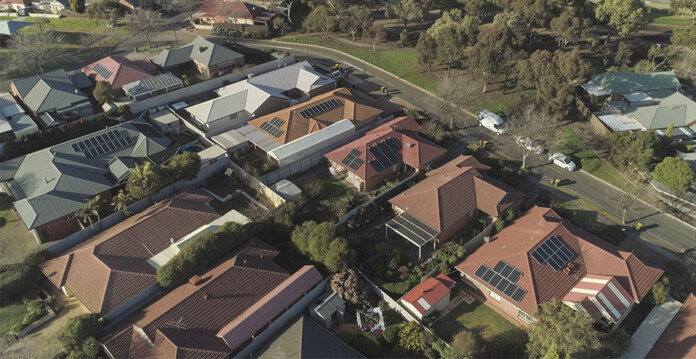The Australian Energy Market Commission (AEMC) has released a draft paper that proposes allowing virtual power plants (VPPs) to compete directly with large-scale generators in the energy market, to benefit consumers through significant cost savings, lower emissions, and reduced energy prices.
The draft determination also extends beyond VPPs to include community batteries, flexible large loads, and other price-responsive small resources such as such as back-up generators.
AEMC chair Anna Collyer said, “By integrating VPPs and similar resources, we’re not just enhancing market efficiency; we’re empowering consumers and paving the way for a more sustainable energy future.”
Related article: Project EDGE shows big impact of small-scale resources
Currently, there is no mechanism for the market to predict how these resources will respond to daily price fluctuations.
This gap in market knowledge creates significant operational challenges for the Australian Energy Market Operator (AEMO) and could lead to costly system operations.
“Fully integrating these resources will allow energy, security, and reliability services to be provided more efficiently,” Collyer said.
“Over time, this integration will reduce the need for large scale generation and storage infrastructure, ultimately decreasing costs and emissions for all consumers.”
Recent modelling indicates that VPP market participation could result in cost savings of $834 million between 2027 and 2050, benefiting all customers through more efficient market operation. This underscores the critical importance of encouraging VPP participation.
The AEMC is calling on governments to recognise these resources officially. Once they participate in dispatch, they will be as technically capable as any other generator and should be eligible for schemes such as the Capacity Investment Scheme.
To encourage broad participation, the draft determination includes a mechanism to provide payments to early entrants. However, recognising that a mechanism in the rules may not be the ideal fit, the AEMC is also calling on the Australian Renewable Energy Agency (ARENA) to consider a trial grant program for early entrants.
Collyer said the reform wasn’t just about integrating new technology but also about rethinking our approach to energy generation and distribution.
“By incentivising early participants, we’re accelerating the transition to a more responsive, efficient, and sustainable energy market,” she said.
The draft determination also addresses the current gap in the market knowledge regarding the impact these resources are having on operational forecasting. Under the proposal, AEMO and the Australian Energy Regulator would have new monitoring and reporting functions to provide additional transparency.
Related article: Community housing tenants invited to join Tesla VPP in SA
“By making price-responsive behaviour visible, we’re allowing the market to operate more efficiently. It’s like giving the system a pair of glasses—suddenly, it can see and respond to consumer actions that were previously invisible,” Collyer said.
“This improved visibility will lead to more efficient generation use, lower system costs, and potentially reduced energy prices for all consumers. It’s a win-win that doesn’t require changing behaviour, just smarter market operation.”
Stakeholders may provide feedback on the draft determination until September 12, with a final determination expected by the end of the year.







